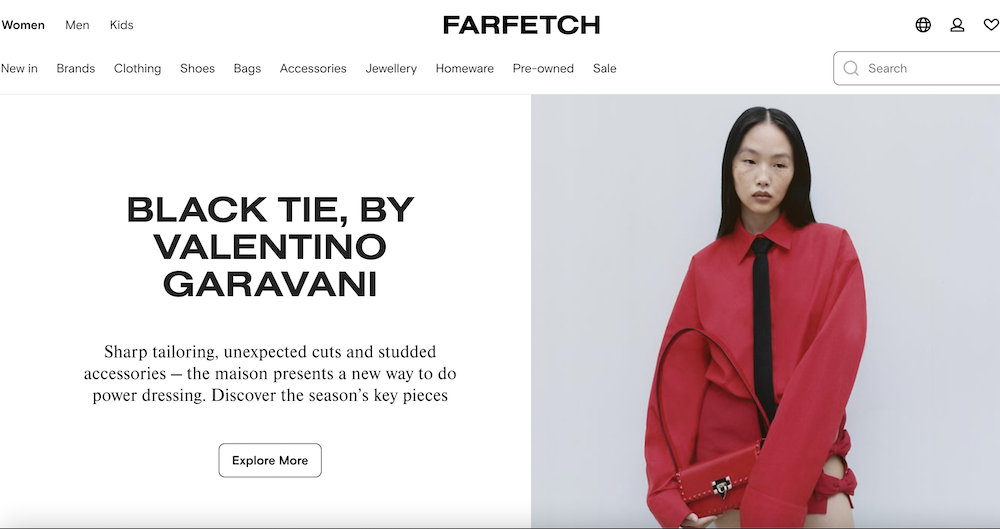
Farfetch marketplace case study: book a demo to start yours
Farfetch has risen as a prominent marketplace in the luxury fashion industry. If you’d like to start your own marketplace like Farfetch, you’re facing a buy vs build decision. So before you decide to build it in-house on top of Spree open-source, consider using the feature-rich Enterprise Edition cutting your time-to-market to a few weeks.
Build vs Buy a marketplace?
Using open-source has its many advantages, such as full ownership and development flexibility, but all this comes at a cost. Developing a complete marketplace solution takes months, if not years, and will cost you a fortune to launch, maintain, and scale. That’s what we’ve learned from a number of marketplace projects.
Spree Commerce Enterprise Edition offers a proven, enterprise-grade foundation that helps you launch sooner while minimizing the risks that come with custom marketplace development.
Back to the Farfetch marketplace case study
Farfetch.com, founded by José Neves in 2007, has become a trailblazer in the luxury fashion e-commerce landscape. Known for its global reach and carefully curated selection, it has transformed how consumers access high-end fashion.
With partnerships encompassing over 1,300 luxury brands and boutiques worldwide, Farfetch has experienced tremendous financial success. In 2021, their Gross Merchandise Value (GMV) soared to nearly $3 billion, a substantial leap from previous years, resulting in impressive revenue of approximately $2.3 billion.
At the core of Farfetch’s triumph lies its unique business model, offering a platform for boutiques and brands to connect with a global audience. Their commitment to innovation, evident in collaborations and tech-driven solutions, has driven customer engagement. With a customer base exceeding 3 million, Farfetch has secured a substantial share of the luxury fashion market.
Farfetch’s affiliate program presents a compelling opportunity for partners to leverage their brand strength and diverse product range. Affiliates can participate in a program featuring competitive commission rates, often ranging from 3% to 10%, based on the product category and sales volume. This program equips affiliates with marketing tools, exclusive offers, and dedicated support, enabling influencers and content creators to monetize their platforms while promoting Farfetch’s coveted luxury fashion items to their audience.
In summary, Farfetch’s journey has been marked by extraordinary growth, thanks to its global reach, strategic partnerships, and innovative business model, making it a formidable player in the luxury fashion eCommerce landscape.
How to emulate Farfetch marketplace success?
If you would like to emulate the Farfetch success somewhat, please consider walking before you learn to run. Try launching your marketplace within weeks not months, testing the fit between your product catalog strategy and your audience needs, iterating your customer acquisition methods based on real-life results. Test the market, before you invest into building it yourself.
Here’s how to get started:
- Book a marketplace demo call: We’ll help you evaluate Spree for your marketplace needs and get started with the Enterprise Edition
- Customize your Storefront: Use the drag & drop page builder or custom CSS
- Onboard Brands: Invite your brands or choose brands from our catalog
- Select Products: Curate products and collections manually or automate it
- Embed products: Make your content, newsletters, social media shoppable
- Get Paid: Get paid as soon as products are shipped by the brands
- End-to-end automation: brands sync, fulfillment, payouts, invoicing, taxes
When you’ve tried all that and it works, start thinking about building your own, custom-made marketplace project based on Spree Commerce. First, by decoupling the storefront and going headless with marketplace API, and later with your own backend, if you decide you really need it. Just lift and shift the storefront.
Nobody has to know what’s under the hood, right?



